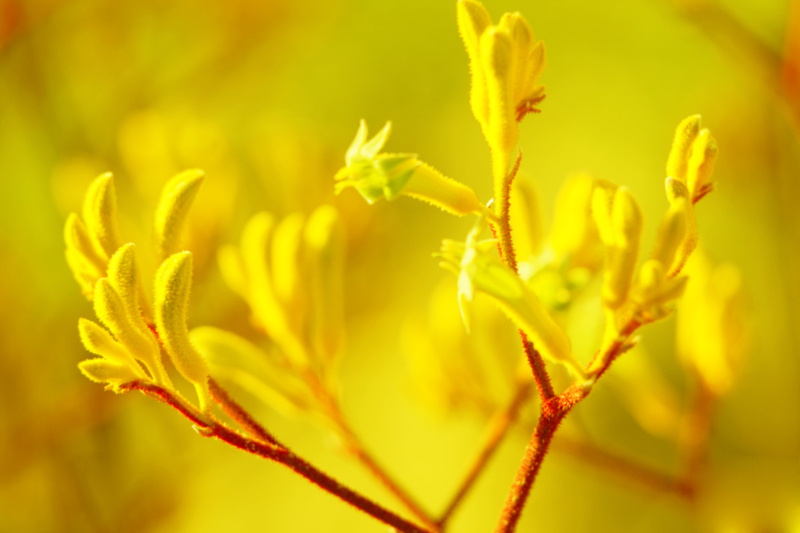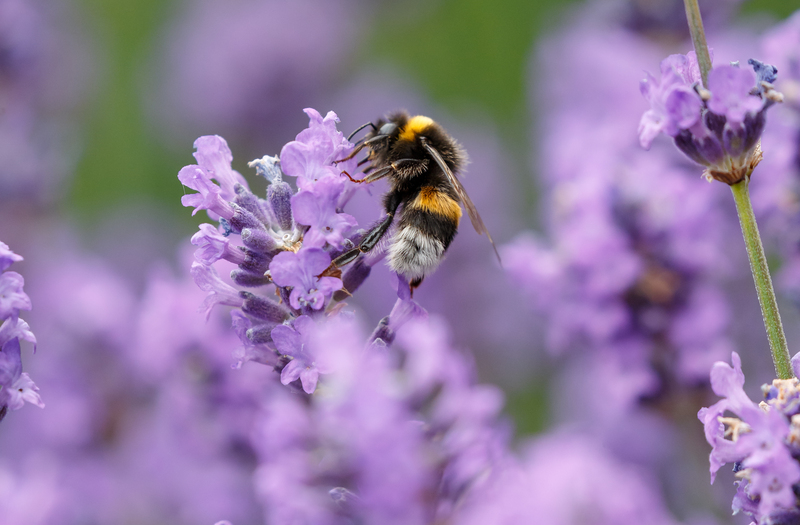Step-by-Step Guide to a Sparkling Clean Patio and Paving
Posted on 06/10/2025
Step-by-Step Guide to Achieving a Sparkling Clean Patio and Paving
If your patio and paving are looking tired, stained, or overrun with weeds and grime, you're not alone. Outdoor spaces often bear the brunt of the weather and daily foot traffic. Maintaining a clean patio or paving isn't just about appearance--it also extends the lifespan of your investment and enhances outdoor enjoyment. In this comprehensive, SEO-optimized guide, we'll walk through every step required to deep-clean your patio and paving stones. Whether you're sprucing up for a party or performing regular upkeep, follow these steps for a truly sparkling outdoor living space.

Why Is a Clean Patio and Paving So Important?
- Boost Curb Appeal: A clean, well-maintained patio increases the attractiveness of your home, which is especially important if you're looking to sell.
- Prevent Damage: Moss, lichen, and weeds can damage paving stones or slabs, leading to cracks and costly repairs.
- Reduce Slipping Hazards: Algae and build-up can create slippery surfaces, posing a safety risk for family and friends.
- Enhance Outdoor Enjoyment: A sparkling clean patio is more inviting for entertainment and relaxation.
Preparation: What You'll Need
The Essential Tools and Materials
- Stiff bristle broom or brush
- Bucket
- Garden hose or pressure washer
- Patio and paving cleaner (choose an eco-friendly option for pets and plants)
- Protective gloves & safety goggles
- Weed removal tool or scraper
- Putty knife or old butter knife (for tight mossy areas)
- Sand for joint refilling (for block paving)
Step 1: Declutter and Prepare the Area
Begin by removing all furniture, pots, and loose items from your patio and paved areas. This will give you a clear space to work and prevent dirt from sneaking back underneath your clean surface.
Next, sweep up debris such as leaves, twigs, and loose dirt using a stiff brush. Pay attention to corners and joints, where buildup tends to accumulate.
Step 2: Tackle Weeds, Moss, and Lichen
Nothing ruins the look of a patio like weeds poking through joints or green moss spreading across stones. Here's how to banish those common nuisances:
- Weed Removal: Use a weed tool or hand scraper to pull out weeds from between pavers and slabs. For stubborn roots, a putty knife can help.
- Kill Residual Growth: Consider applying an eco-friendly weed killer or boiling water to cracks and joints to kill remaining roots.
- Remove Moss and Lichen: Scrub green patches with a stiff brush. For widespread growth, mix a solution of 1 part white vinegar to 10 parts water and scrub thoroughly.
Step 3: Wash Away Surface Dirt and Stains
The Classic Bucket & Brush Method
- Fill your bucket with warm water and add an appropriate patio or paving cleaner. Follow the label for dilution instructions.
- Work in small sections, pouring or spraying cleaner and scrubbing vigorously with your brush. Focus on high-traffic areas and any visible stains.
- Let the cleaner sit for the recommended time--this helps lift grease, oil, and grime.
Pressure Washing for Deep Cleaning
- Adjust Pressure: Always test your pressure washer on a discreet area first. High pressure can erode grout or jointing sand.
- Use a Sweeping Motion: Hold the nozzle at a slight angle, several inches from the surface, and use even strokes.
- Watch Out for Edges: Pay special attention to the joints, as excessive force can dislodge material between pavers.
Step 4: Tackling Stubborn Patio and Paving Stains
Not all stains are created equal. Different types require targeted treatments to ensure a spotless outcome:
- Grease and Oil: Sprinkle cat litter or baking soda to absorb as much as possible. Scrub with a degreasing soap.
- Rust Marks: Apply lemon juice or a specialized rust remover. Let sit, then rinse thoroughly.
- Food/Drink Stains: Use diluted dish soap and a stiff brush.
- Organic Marks (leaves, berries): Scrub with an oxygen bleach solution for safer stain lifting.
Step 5: Rinse and Inspect
Once you've scrubbed and treated all stains, thoroughly rinse your patio and paving with a hose or eco-friendly pressure washer setting. This will wash away loosened dirt and cleaning agents, revealing a sparkling clean surface.
Inspect the area for remaining spots or growth. Repeat stain treatments if needed.
Step 6: Refill Joints and Re-sand Paving (If Needed)
For block paving and patios with sanded joints, cleaning can wash away jointing sand. Restore stability and prevent weed regrowth with fresh sand:
- Brush kiln-dried sand into the joints using a soft broom after the surface has completely dried.
- For wider cracks, use a jointing compound or polymeric sand for added strength and weed resistance.
This step is crucial for maintaining the longevity and neatness of your sparkling clean patio and paving area.
Step 7: Optional Sealing for Long-Lasting Sparkle
- Patio and paving sealers create a protective barrier against water, oil, and stains, while also enhancing color.
- For best results, only apply sealant to completely dry and clean paving--wait 24-48 hours after scrubbing and rinsing.
- Follow the manufacturer's instructions regarding application method and drying times.
Eco-Friendly Cleaning Tips for Patios and Paving
- Avoid bleach or harsh chemicals that can harm surrounding plants, pets, and aquatic life in runoff.
- Choose biodegradable patio cleaners and natural solutions (vinegar, baking soda).
- Re-use rinse water on your lawn or garden (where safe and chemical-free).
Regular Maintenance Tips for a Sparkling Clean Patio and Paving
- Sweep weekly to prevent surface buildup, leaves, and debris from taking hold.
- Address weeds and moss as soon as you spot them--early removal is quicker and less labor-intensive.
- Schedule a deep clean each spring and autumn for optimal results.
- Consider reapplying a sealer every 2-3 years for prolonged protection.
FAQs: Sparkling Clean Patio and Paving Solutions
Can I use a pressure washer on all types of patios?
No-- while pressure washers are effective, they can damage delicate surfaces such as sandstone, limestone, or aged brick. Always check the manufacturer's guidelines for your paving type.
What's the best solution for black spots on paving stones?
Black spots (fungal mold/algal growth) often need a patio cleaner labeled for black spore treatment. Let the solution dwell, then scrub thoroughly and rinse.
Is vinegar safe for cleaning patios?
Vinegar is safe for most concrete and stone, but avoid using it on limestone or marble, as the acid can etch the natural stone.
How do I stop weeds from coming back?
Proper joint filling (with kiln-dried or polymeric sand), regular sweeping, and periodic weed treatment help keep unwanted growth at bay.
Can household bleach be used on patios?
While bleach is effective at killing moss and algae, it can damage plants and discolor certain stones. It's not recommended if you have surrounding greenery.
The Benefits of a Sparkling Clean Patio and Paving
- Prolonged lifespan of your paving investment
- Enhanced outdoor aesthetics
- Greater safety for family and guests
- Increased property value and curb appeal
- More frequent use and enjoyment of your outdoor space

Conclusion: Transform Your Patio and Paving--Step-by-Step
With these step-by-step patio and paving cleaning techniques, you can reclaim a neglected outdoor area, enhance your home's beauty, and enjoy a sparkling clean space all year. Whether you prefer a simple brush-and-bucket approach or a thorough pressure wash and sealing, consistent care is the key. Invest a few hours into your patio or paving stones, and the results will speak for themselves.
Don't let dirt, stains, or weeds stand between you and your dream outdoor haven! Follow these simple steps and tips for a sparkling clean patio and paving area that's as inviting as it is durable.







